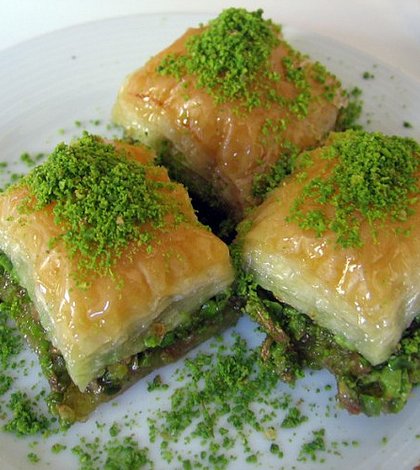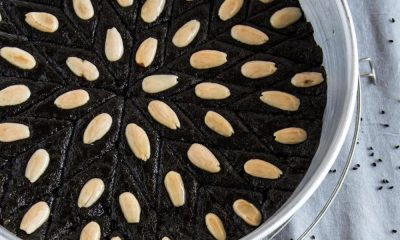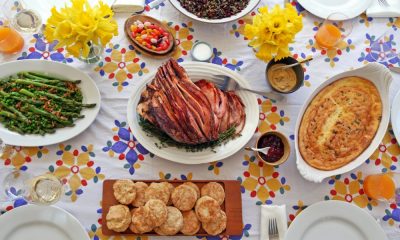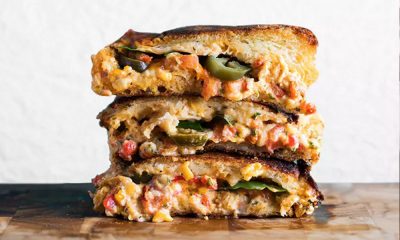If there’s one traditional dessert worth trying out when you step inside a Turkish restaurant, it has got to be Turkish Baklava. This sweet and delicious treat is often considered as a “national dessert” for much of Turkey and even most Mediterranean countries.
Let’s take a quick look at the history of Turkish Baklava and how this tasty dessert cuisine has become a staple in most Turkish meals today.
History
There’s no clear, defining mark on where and when Baklava was first made. All we know is that much of the Middle East, Greeks, Jews, Arabs, Balkans and of course, Turks, all claim the Baklava as their national dessert.
Most of these countries actually belonged to the Ottoman Empire so it’s safe to say that the Baklava originated as an Ottoman dessert. There is still quite a bit of contention with this especially since the Ottoman Empire is mostly associated with “Turks,” the Greeks and Arabs aren’t particularly fond of this idea.
Whether Baklava first started in the empire or not, there is no doubt that it’s modern form has evolved from the Ottoman period. In fact, during the 17th century, the Baklava was so popular that a palace tradition known as “baklava alayi” (parade) was held. In the festival, janissaries marched into the palace every 15th day of the Ramadan to gather trays of baklava. There would be one baklava for every ten soldiers as prepared by the palace cooks.
Modern Baklava
Today, there are specialty stores that sell only Baklava. Turkish food restaurants and specialty shops often serve Baklava in their own twist. However, the very basic baklava contains a stack of phyllo pastry (a thin crust of dough) that’s stuffed by a variety of chopped nuts and then sweetened by honey or syrup.
Each restaurant has their own unique way of serving up the dish. For a purely Turkish Baklava, Antep is the city that claims to serve the most authentic baklava there is. This is known as the baklava and pistachio capital of the country and most chefs and baklava experts claim to be from here.
Baklava, as mentioned, can have several varieties. It’s mostly the stuffing that differs though. Some prefer walnuts while others would rather have pistachio; there’s also a hazelnut version served up in most of the Black Sea region that is also worth mentioning.
If you visit a Turkish restaurant; you’ll surely find baklava on the menu and it’s definitely a must-try so don’t miss it.
Serhat Cetinkaya

 Recipes52 years ago
Recipes52 years ago
 Entertainment52 years ago
Entertainment52 years ago
 Entertainment52 years ago
Entertainment52 years ago
 Entertainment52 years ago
Entertainment52 years ago
 Entertainment52 years ago
Entertainment52 years ago













